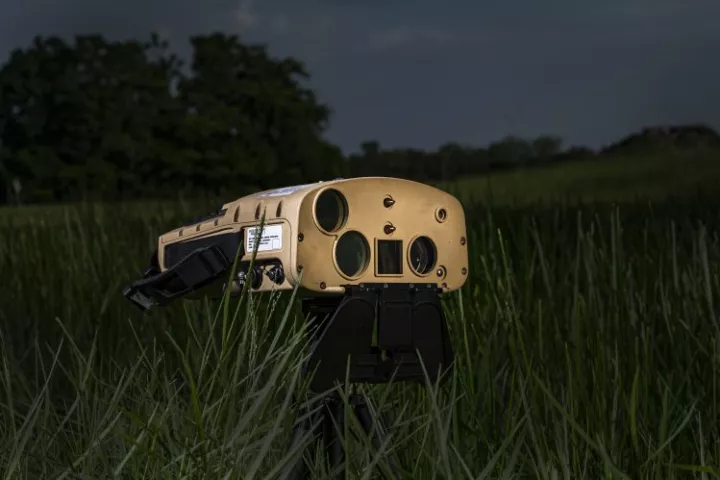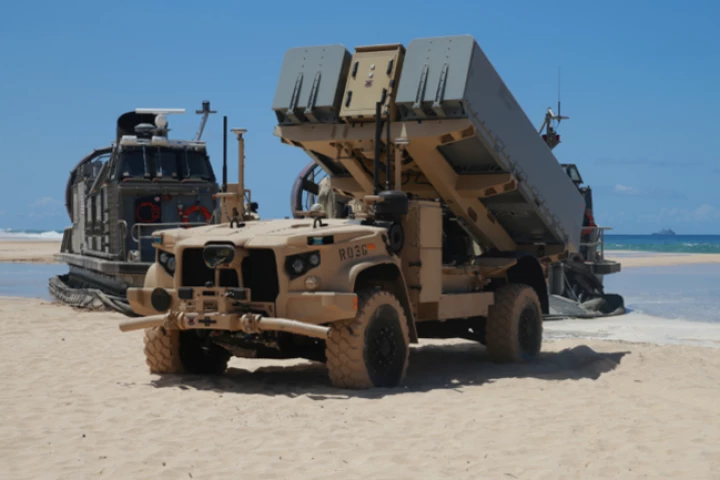US Marines
-
The US Naval Research Laboratory (NRL) has taken hydrogen tactical, by adapting fuel cell technology for US Marine Corps field units to replace the heavy batteries and generators now used by soldiers to provide electricity.
-
Ocean Energy has deployed its 826-tonne wave energy converter buoy OE-35 at the US Navy's Wave Energy Test Site off the coast of the island of Oahu ahead of it being hooked up to Hawaii's electricity grid.
-
If you think robot dogs with flamethrowers are cool, what about a robot dog with an anti-tank rocket launcher on its back? Built as a research concept, one was tested at the US Marine Corps Air Ground Combat Center in California last September.
-
The US Marine Corps has decided to purchase Northrop Grumman's all-in-one Next Generation Handheld Targeting System (NGHTS) that packs a suite of day/night targeting sensors in a 10-lb (4.5-kg) package and can operate in GPS-denied areas.
-
Bell has demonstrated how its electric-powered, Autonomous Pod Transport (APT) quadcopter drone can carry out supply drops for soldiers in rough country or on the battlefield, without the need for parachutes.
-
In a first-of-its-kind technology demonstration, an uncrewed vehicle operated by the US Marine Corps has launched an anti-ship missile from the shore during a live-fire exercise in Hawaii, scoring a direct hit.
-
After 34 years of service, during which it clocked up 933,614 flight hours, the United States Marine Corps is retiring its fleet of 179 Bell AH-1W “Super Cobra” attack helicopters, though some have been converted to their successor, the AH-1Z Viper.
-
The US Marine Corps is working on a prototype disposable robot that can clear mines from the surf zones of beaches. The Crawling Remotely Operated Amphibious Breacher is designed to detonate or remove explosives or man-made submerged obstacles.
-
The V-22 Osprey tilt-rotor aircraft fleet, which been in service with US forces since 2007, has racked up over 500,000 flight hours.
-
Another iconic piece of Cold War hardware is flying into history as the US Marine Corps retires its last Northrop Grumman EA-6B Prowler electronic warfare aircraft. In a ceremony, US Marine Tactical Electronic Warfare Squadron 2 stood down the last Prowler squadron after 42 years of service.
-
The US Marine Corps wants a new vehicle-mobile laser weapon system that is not only non-lethal to disorient and cause pain without injury, but can yell at people as far away as 1,000 m (3,300 ft).
-
3D-printed construction is portable and inexpensive, and could help build a safe barracks in a shorter time. With this in mind, the US Marine Corps Systems Command recently constructed a prototype concrete barracks in under two days with what it says is the world's largest 3D printer.
Load More











